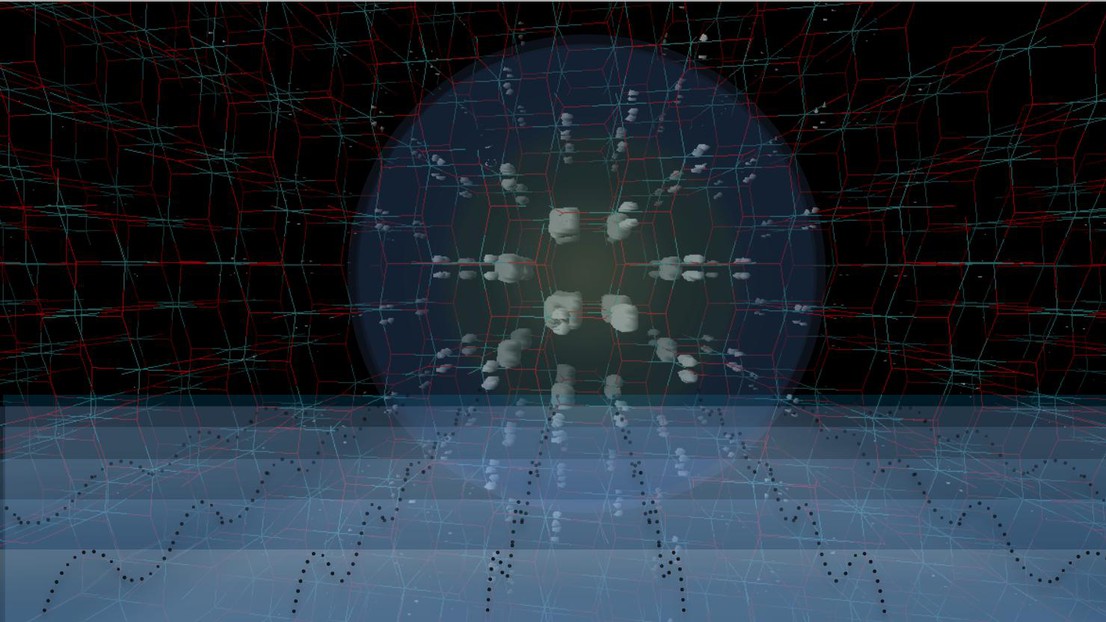
Physicists from EPFL, Switzerland, Germany, and France have found that large-amplitude acoustic waves, launched by ultrashort laser pulses, can dynamically manipulate the optical response of semiconductors.
One of the main challenges in materials science research is to achieve high tunability of the optical properties of semiconductors at room temperature. These properties are governed by “excitons”, which are bound pairs of negative electrons and positive holes in a semiconductor. Excitons have become increasingly important in optoelectronics and the last years have witnessed a surge in the search for control parameters – temperature, pressure, electric and magnetic fields – that can tune excitonic properties.
Researchers at lab of Majed Chergui at EPFL within the Lausanne Centre for Ultrafast Science, in collaboration with the theory groups of Angel Rubio (Max-Planck Institute, Hamburg) and Pascal Ruello (Université de Le Mans) showed, for the first time, control of excitonic properties using acoustic waves. To do this, the researchers launched a high-frequency (hundreds of gigahertz), large-amplitude acoustic wave in a material using ultrashort laser pulses. This strategy further allows for the dynamical manipulation of the exciton properties at high speed.
This remarkable result was reached on titanium dioxide at room temperature, a cheap and abundant semiconductor that is used in a wide variety of light-energy conversion technologies such as photovoltaics, photocatalysis, and transparent conductive substrates. (EPFL)
